Last month, I wrote a bit about some fabulous face-plants I’ve experienced in sculpting, dealing with materials and concept realization and how those events often are accompanied by unexpected boons I couldn’t see at first.
Carrying on from where we left off last month, here’s a short video of some glitches that can happen in the creative life.
Show Stoppers
Let’s begin with exhibitions and contests. Getting our work seen is an integral part of our lives as artists. For most of us, this includes entering juried events. It’s hard not to take it personally when your work isn’t selected in a contest, especially if it’s a piece you feel is particularly strong.
Many years ago, I had completed a series of sculptures that I entered in an emerging artist competition. I felt the body of work was cohesive with a strong message and represented who I was as an artist. The timing and the work seemed so perfect for the show that I was crushed when it wasn’t selected. When I reported my lack of success to my recommenders, all three said pretty much the same thing: “Get back up. Dust yourself off. Get back in the studio and make work that cannot be ignored. Now.” At the time, this was sage advice for me and turned out to be very effective. I continue to follow this approach many years down the road when things don’t pan out.
At this point, Colin and I have judged many art competitions ourselves, so we know that numerous factors influence the final results. Usually, each year features a new jury which will, of course, result in different outcomes. Many artists we know have stories of a piece being rejected from one contest only to be selected as an award winner in another.
We think of it like ice cream – some judges like strawberry, some prefer vanilla (okay… well, vanilla with hot fudge, chocolate sauce, whipped cream, nuts and a cherry). Just because one year we may have not succeeded, doesn’t mean we won’t do well the next. Sometimes it’s just that on that day, someone else’s work happened to resonate more with that particular set of judges. You’ll never know when that day will be your day unless you keep trying.
Even if your work is not selected as a finalist, in entering a contest, you still gain exposure. By the time the jury process is complete, you’ll have several more people become familiar with your work who may not have been previously. We’ve been part of various jury panels where there wasn’t the majority needed to have an entry selected for inclusion, but several of the judges were really moved by those pieces. That in itself can lead to opportunities down the road. Unfortunately, we don’t usually get to receive feedback from the judges.
A fun read featuring an unfiltered view of not getting into shows is “The Art of Rejection” by Arthur Gonzales. He brings a playful and creative perspective to dealing with the flops along the way to success.
Battle Scars
Get a group of experienced artists together to chat about the ups and downs their careers and we quickly discover we all have our battle scars, which, in time, usually result in some rollicking tales. We’ve all dealt with shows that didn’t quite work out how we’d hoped, commissions that didn’t go as planned, rejections and heartbreaks in addition to the successes along the way.
Colin has a plethora of stories, including one involving a half year build up to a solo show. A city-wide power outage left the entire building in the dark throughout opening night. Viewers had to look at the works with their phone flashlights.
Colin and I attended a gallery opening for a well-known painter many years ago. These huge canvases were literally tacked to the gallery walls. We thought that it was an unusual approach, but the way it was done gave it a very contemporary feeling. Chatting with the gallery director, she told us, “well, in fact, none of the stretcher bars arrived and we still had to get the show up…”
The owner of my gallery relates a time when an artist literally had no works for his scheduled solo show. She said they had to stand in front of all the people at the opening and explain what had happened and, at the time, it was very difficult. But now, many years later, she says in retrospect it wasn’t really a big deal – it was just something that happened. As is the case with most of these “disasters in the moment,” all that’s left now is a good story.
A lot of it comes down to your perspective. We are creative in our work and we need to be equally creative with our approach to our career. When one door of opportunity slams shut in your face, it usually jars a few more open. The trick is to look for the ones that opened and walk through them.
Asking yourself, “what’s the opportunity in this?” is a good place to start. For example: “If I don’t have commission work right now, I have a great window of time to focus on my personal work.” (and then, the important thing is to be sure to get busy and focus on doing that work) “If my work isn’t committed to this show, it can be part of my inventory for my next convention.” Developing the habit of putting a positive spin on your experiences, whatever they may be, does wonders for your ability to maintain focus on what your next steps need to be.
For me, I do best creatively, mentally and emotionally when I am busy. My main thing is to maintain a positive mental space regarding my work. Having many irons in the fire means that if one opportunity doesn’t pan out, there are several others I can focus on to keep from getting derailed. This translates to working to keep a balanced stream of commission work, creating related bodies of work for shows, submitting applications, generating work that appeals to diverse collector bases, and pursuing new concept directions that inspire me. These things alone are enough to overfill my days and invariably, the more active I am in creating work, the more opportunities come my way to show and sell that work.
Next time, we’ll dive into some practical methods for “unsticking” your creative self when it gets bogged down.
Keep Creating!


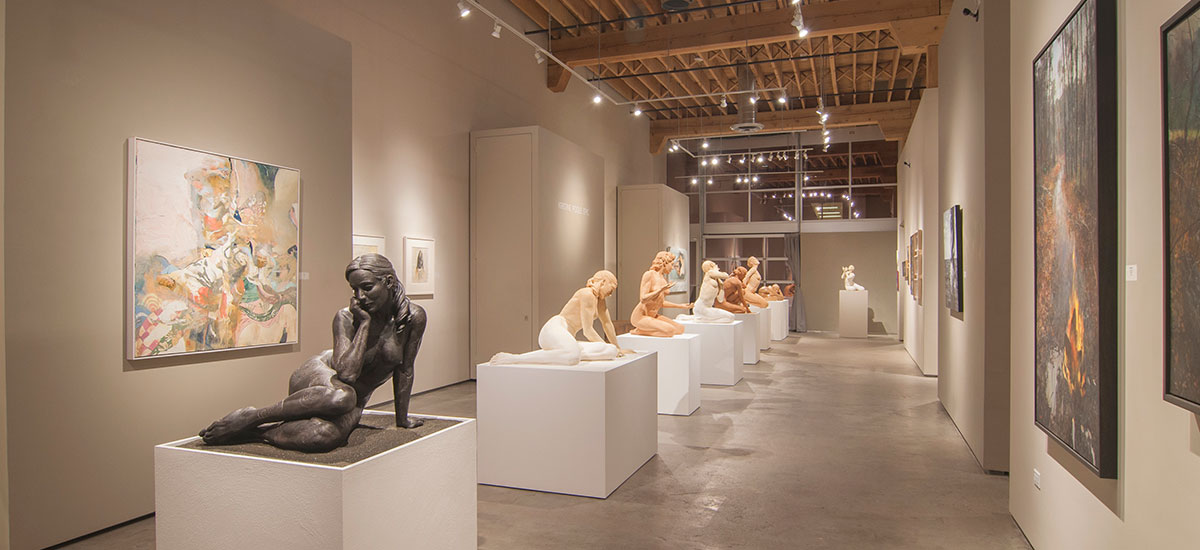
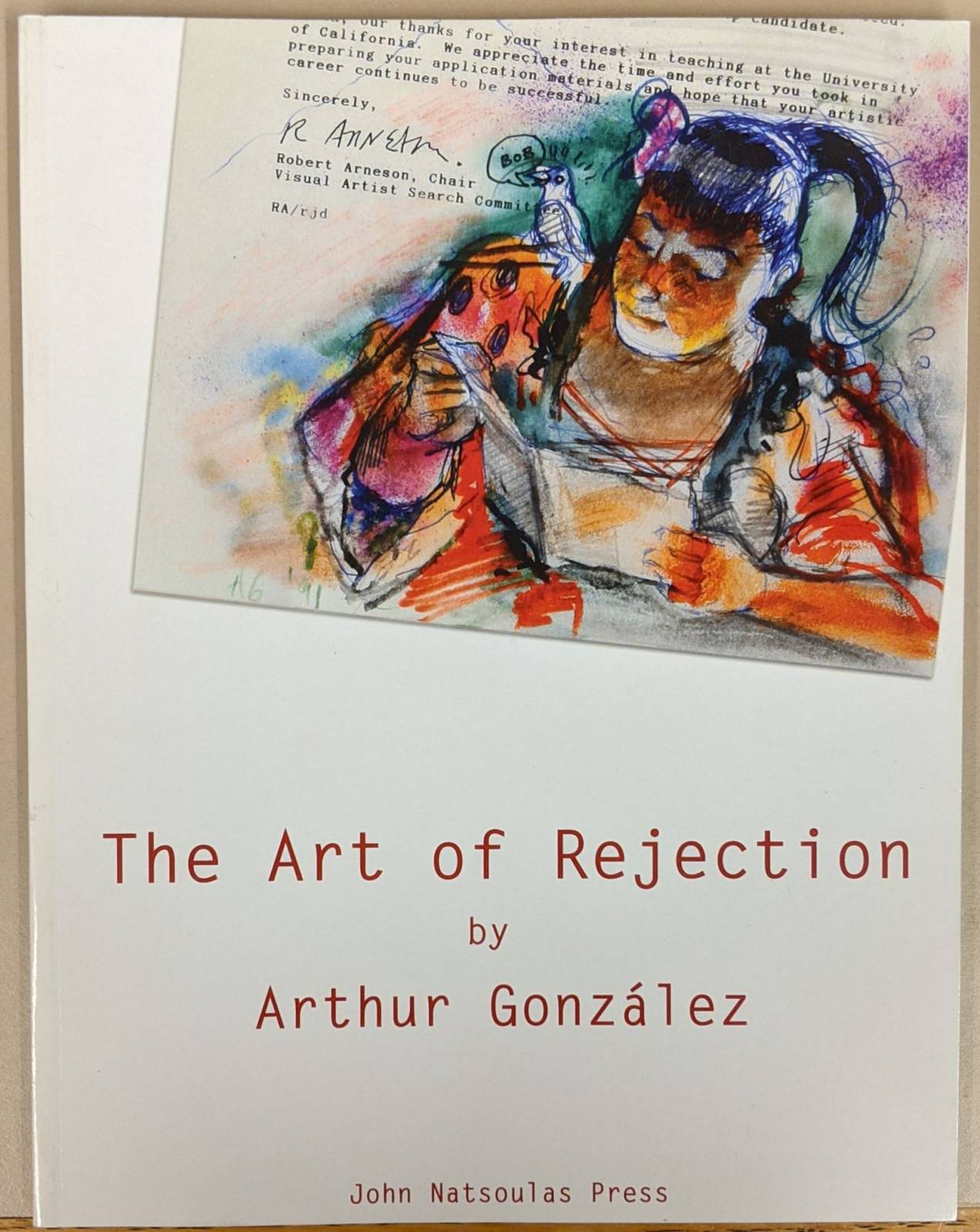
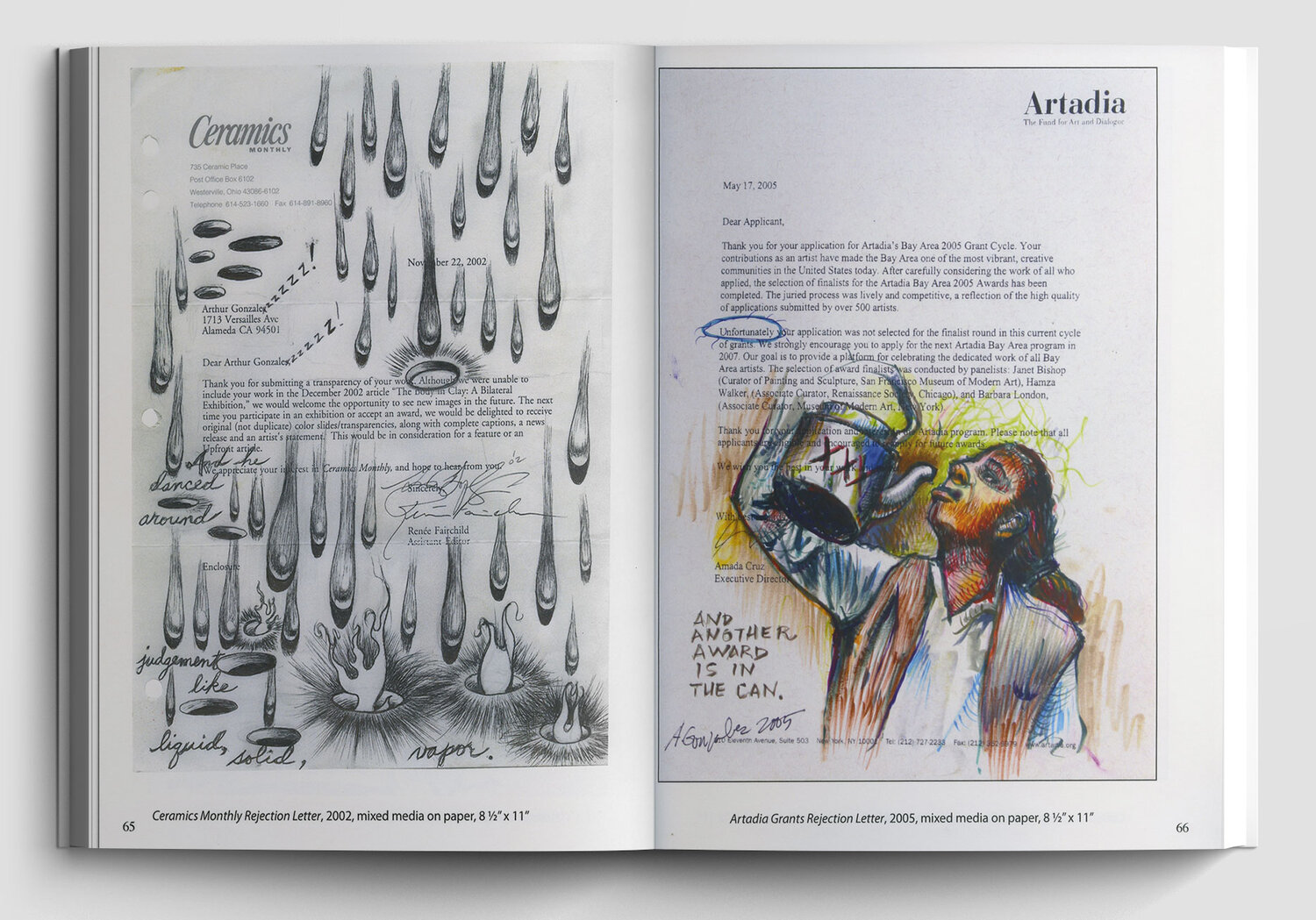



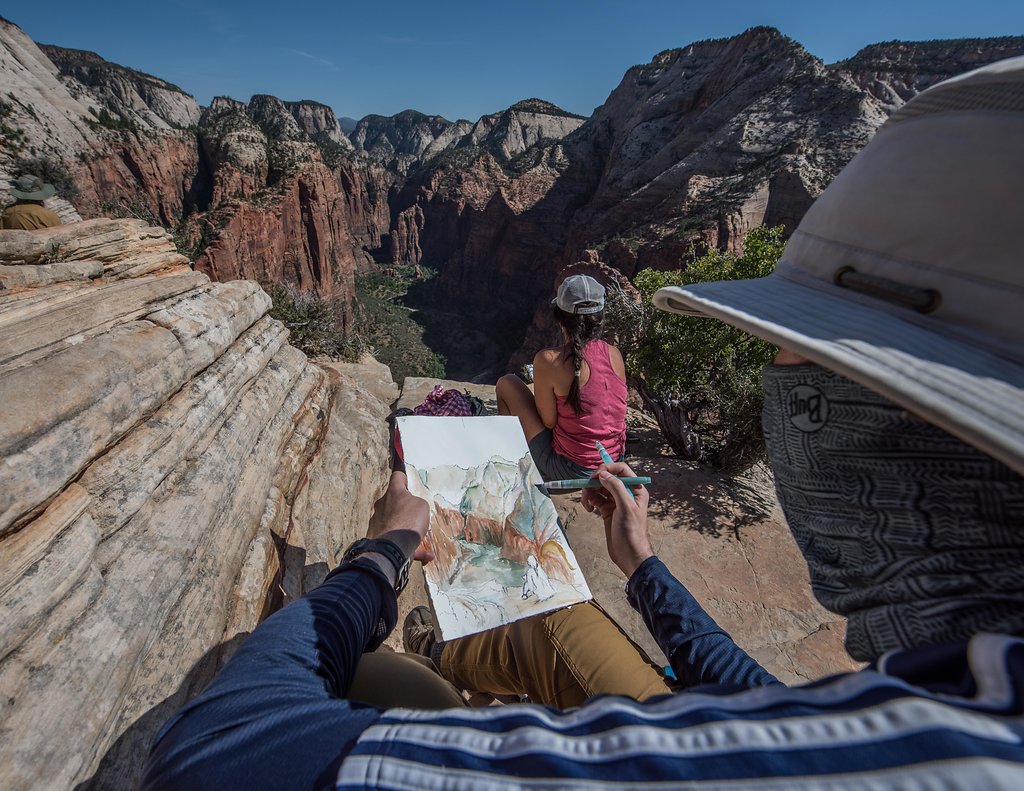
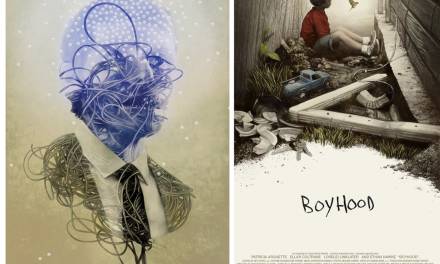
Recent Comments